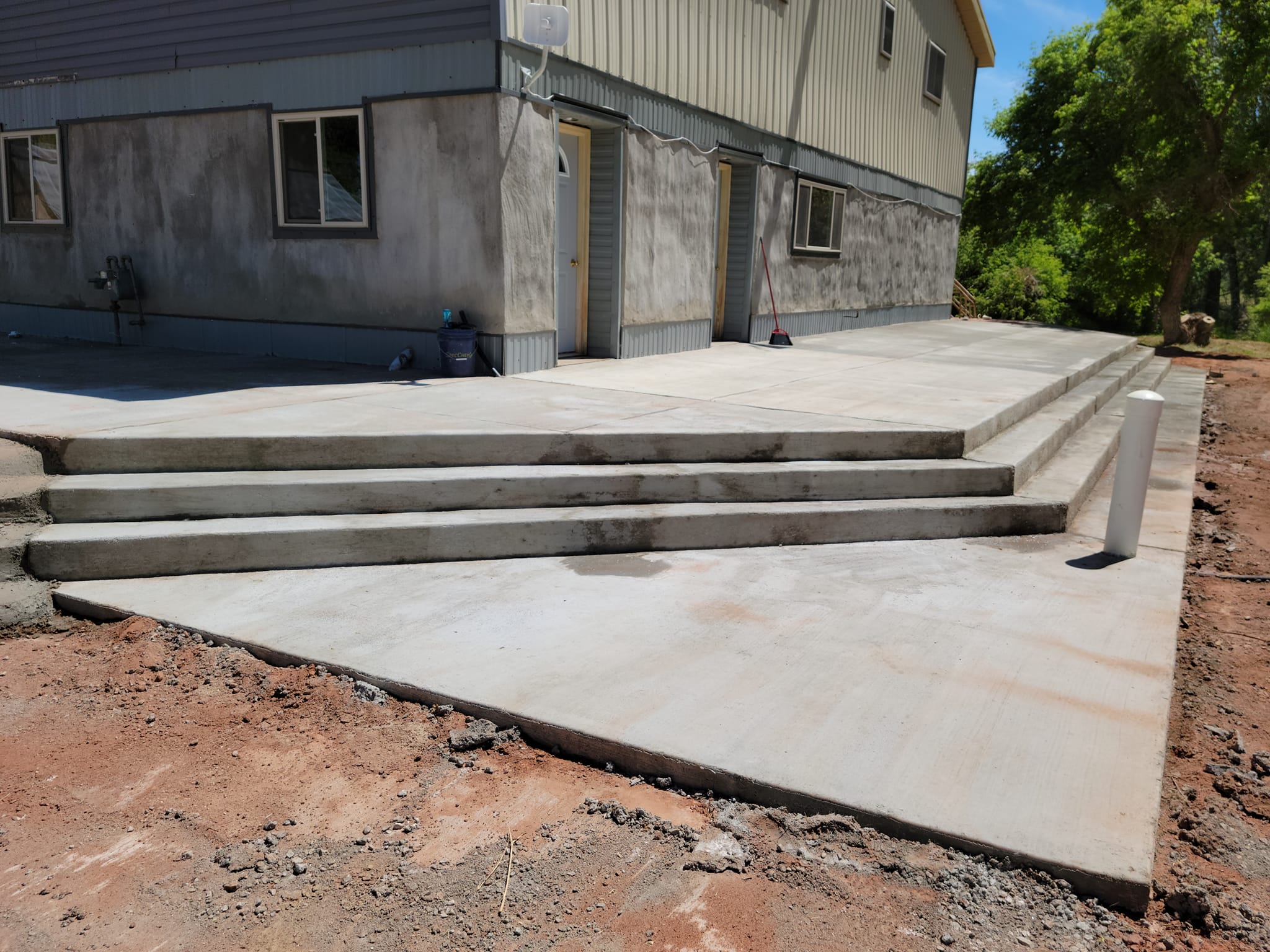
The Role of Precision in High-Quality Concrete Flatwork Jul 11, 2025
When we discuss precision in concrete flatwork, it encompasses several factors, starting with site preparation. Before any concrete is poured, the site must be meticulously evaluated and prepared. Uneven terrain needs leveling, and any loose or soft soil must be compacted to prevent future subsidence. This step ensures that the concrete layer adheres consistently and uniformly, which is instrumental in preventing cracks and improving overall longevity.
Another critical aspect of precision is proper measurement and mixing of concrete. Achieving the right consistency and strength is dependent on carefully balanced ingredients. Too much or too little of water, cement, sand, or aggregates can undermine the integrity of the concrete. At Eds Concrete and Flat Work, leveraging technology and accurate mixing methods guarantees that each batch meets the specific requirements of the project, tailored to its climatic and load-bearing conditions.
Equally important in high-quality concrete flatwork is the precise pouring and spreading of concrete. Timing and technique are everything. Pouring needs to be swift yet controlled, ensuring even distribution before the concrete begins to set. Inadequate distribution can lead to weak spots prone to cracking under pressure. Tools like vibrators and screeds must be used methodically to spread and level the surface, ensuring that air bubbles are minimized and the finish is flawless.
Finishing techniques further underscore the role of precision. Techniques such as troweling, stamping, or broom finishing not only contribute to the aesthetic appeal but also enhance the surface's functionality. Attention to detail during this process ensures a finish that is both visually appealing and tailored to the specific use intended for the surface, like increased traction for sidewalks or a polished look for interior floors.
Temperature is yet another variable demanding attention in the pursuit of precision. Concrete's curing process is significantly influenced by weather conditions. Extreme temperatures can disrupt drying times, causing surface defects or compromising the strength of the slab. Meticulous planning and timing are crucial in scheduling concrete work to align with favorable weather conditions, or employing measures like curing blankets and protective coatings to manage temperatures effectively.
Finally, precision doesn’t end with the pour but continues with the curing process. Proper curing is essential for concrete to reach its full strength potential. Ensuring a consistent and controlled curing environment is critical to prevent surface cracks and ensure durability. Techniques like fogging, using curing compounds, or covering with waterproof paper can maintain optimal moisture levels and enhance the concrete's longevity.
In conclusion, precision in concrete flatwork ensures high-quality, durable surfaces that stand the test of time. Eds Concrete and Flat Work exemplifies this precision through their meticulous approach, combining expertise in preparation, mixing, pouring, finishing, and curing processes. For those seeking the highest standards in concrete construction, understanding and prioritizing precision is not just an option, but a necessity for achieving superior results.
/filters:no_upscale()/filters:format(webp)/media/fbf9f81c-5961-40ab-93e9-5cbf4e959941.jpeg)